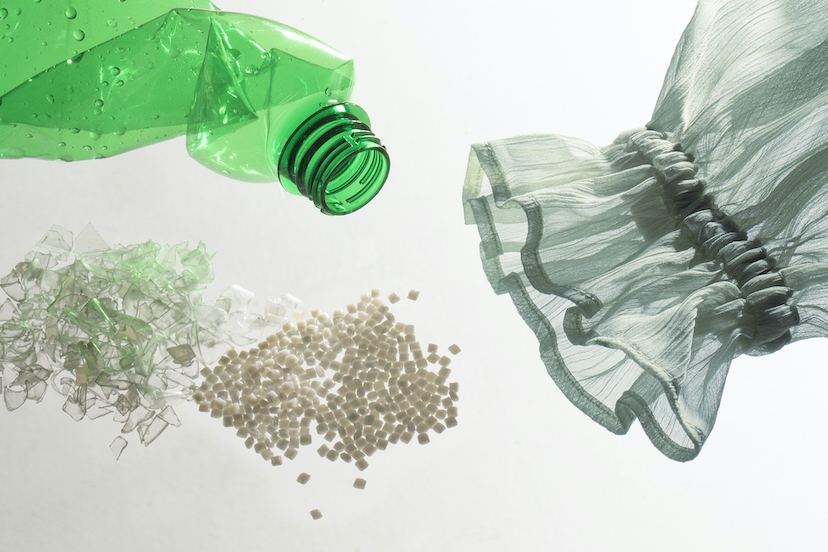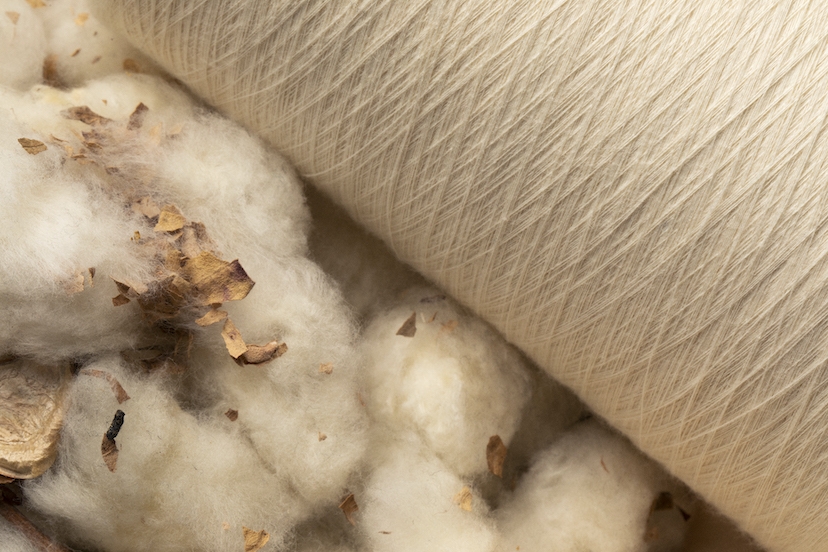The global non-profit Textile Exchange released its 2019 Material Change Insights Report, providing an in-depth evaluation of the state of sustainable materials sourcing in the textile sector. H&M Group leads the ranking in the use of organic cotton and down certified by the Responsible Down Standard, whilst at the same time, the group continues being one of the world’s biggest user of recycled cotton, recycled wool, recycled nylon, and lyocell.

H&M Group is recognized as the number one company sourcing preferred cotton. This includes organic cotton, recycled cotton, and cotton sourced through the Better Cotton Initiative (BCI), among others. The company has been progressively taking steps toward its goal that by 2020 all its cotton should be either organic, recycled, or sourced in a more sustainable way through BCI.
“The industry needs leaders like H&M Group to find holistic, inclusive solutions to interconnected problems.”
Liesl Truscott, Director of European & Materials Strategy, Textile Exchange
“We are delighted to see H&M Group committed on all fronts. As an industry leader in material change, H&M Group features in our Material Change Leaders Circle and achieved a leading position in the family of indices: including the Sustainable Development Goals, Cotton, Manmade Cellulosics and Down. From a climate change and natural resource perspective, it is going to require both adopting recycled and preferred renewable materials and building truly resilient supply communities – and relationships. The industry needs leaders like H&M Group to find holistic, inclusive solutions to interconnected problems. That’s what the Textile Exchange Material Change Index is designed to support,” says Liesl Truscott, Director of European & Materials Strategy, Textile Exchange.

“Being ranked as a leading company in sustainable materials sourcing is a great recognition to all the hard work we do every day to make our business more sustainable. But that doesn’t mean we are done yet, there is still work to do to increase the use of recycled materials and push for innovative materials. We are fully committed to using our size and scale to lead the way towards a more sustainable fashion future,”
Cecilia Brännsten, Environmental Sustainability Manager H&M Group
The group is also one of the world’s biggest user of recycled materials, such as recycled nylon – from old fishing nets, carpets, and leftover waste from production – and recycled polyester. Last year, H&M Group used recycled polyester equivalent to nearly 537 million PET bottles.
After cotton and synthetic materials such as polyester and nylon, the materials H&M Group uses the most are man-made cellulosic materials, such as viscose. Sourcing them in a more sustainable way has been a big part of the company’s goal. H&M Group maintains its position as one of the world’s biggest user of lyocell coming from sustainable wood sources produced in an environmentally responsible closed-loop process.

H&M Group continues working toward the goal that by 2030 all its materials should be either recycled or sourced in a more sustainable way. The challenge ahead is to increase the percentage of recycled fibers, mainly due to the lack of technology to make textile recycling fully scalable. That is why the company is actively investing in promising new textile recycling technologies, such as Circulose, which recycles textiles with a high content of cotton and viscose into a cellulosic material that the fashion industry can use to make new virgin-quality clothes.
About the Material Change Insights Report
The Material Change Insights Report provides one of the most data-backed and comprehensive analyses of how the industry is progressing in its shift to preferred materials, as well as alignment with global efforts like the Sustainable Development Goals (SDGs) and the transition to a circular economy. It builds on Textile Exchange’s Material Change Index (MCI) — a family of indices, published earlier in the year, that tracks individual company progress. The full report can be found here.
About Textile Exchange
Textile Exchange is a global non-profit that creates leaders in the sustainable fiber and materials industry. The organization manages and promotes a suite of leading industry standards, as well as, collects and publishes critical industry data and insights that enable brands and retailers to measure, manage and track their use of preferred fiber and materials. With more than 400 members who represent leading brands, retailers and suppliers, Textile Exchange meaningfully accelerates the use of preferred fibers and increases the adoption of standards and certifications across the global textile industry.
For more information, click here.











